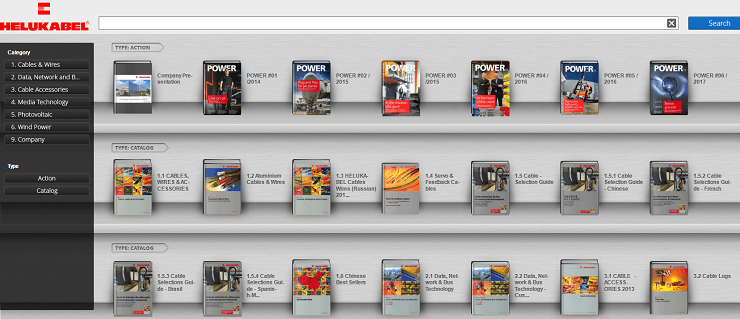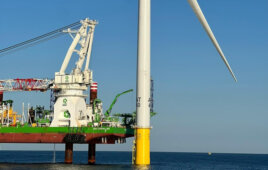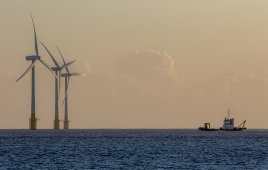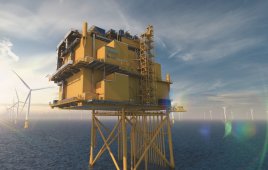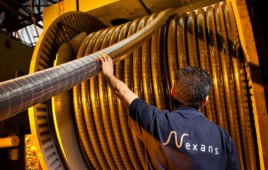HELUKABEL, one of the world’s leading cable manufacturers, announced that one of its latest cabling technologies has successfully surpassed two rigorous mechanical tests to further enhance its safety and performance capabilities in wind turbines found throughout North and South America. The TRAYCONTROL X passed the UL -40°C Cold Bend Test and a HELUKABEL torsion test of 10,000 torsion cycles. Samples of TRAYCONTROL X were tested at HELUKABEL’s testing facility in Windsbach, Germany.
Electrical cables are exposed to harsh temperature extremes, where both low and high-temperature fluctuations impact a cable‘s performance. The TRAYCONTROL X cable products are now tested in accordance with UL, CSA, and NEC for applications where bending in cold temperatures is required in temperatures as low as -40°C (-40°F).
Cold bend testing determines how the entire cable (conductors, insulation, jackets, etc.) might react to cold temperature bending, which is often required when installing or working on electrical cables during cold weather conditions. Cable samples are frozen to a specified temperature for a set number of hours. Once the freezing process is completed, the samples are wound around a steel mandrel determined by the cables outer diameter. After winding, the cable is removed and examined for surface damage, i.e. cracks, splits, or tears. If there is no visual surface damage, or issues after undergoing further electrical tests, the cable passes the UL cold bend test.
When electrical cables experience continuous movements that force cables to flex repeatedly the cables are subject to various types of stress that can degrade performance and cause a failure. As a wind turbine’s nacelle rotates, cables in the loop twist and tighten on themselves. This places torsional stress on the cable’s components at every level – conductors, jacketing, and insulation materials, etc.
Over the course of three months, samples of TRAYCONTROL X were tested in HELUKABEL’s 26-foot R&D wind tower that replicates the cable loop 1:1. A cycle is defined as +/- 3 x 360° in any direction (left and right). The testing rig’s drive and control software allows rotational speeds of 1080°/per min and exposes cables to various climate and environmental conditions. After the desired cycle count is reached, cables are inspected for visual defects, i.e. abrasion, cracking, etc., and internal components are examined for signs of failure, such as conductor strand breakage. Passing 10,000 torsion cycles is a monumental achievement because it surpasses the torsion life cycle requirements from all of the global wind turbine manufacturers.
The new cable is a NFPA 79 compliant flexible control power cable with cross-linked (thermoset) polyethylene (XLPE) insulation. These tray cables can be installed in dry, humid and damp environments, in pipes, underground, and for open, unprotected installation within the turbine. They are WTTC 1000 V (UL 2277) rated allowing them to be used in 1 kV wind turbine cable tray applications. The TRAYCONTROL X conforms to the new UL 6141 Standard for Wind Turbines Permitting Entry of Personnel, which applies to large wind turbines with a capacity greater than 500 kW that can or may be entered by operators or service technicians for operation or maintenance. It is currently available in sizes 20 AWG – 500 kcmil with various conductor configurations. For the digital catalog: http://catalog.helukabel.com/
Filed Under: Cables & connectors, News


